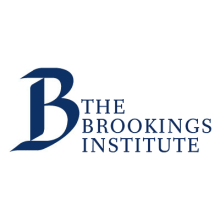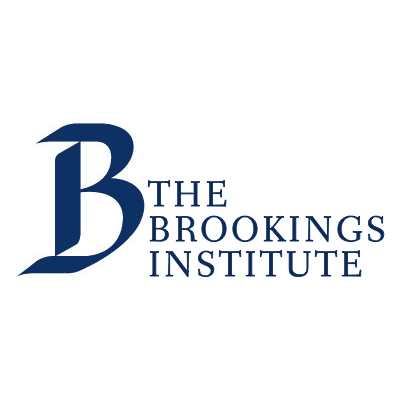On September 18, the African Union, in collaboration with the United Nations Children’s Fund (UNICEF) released the report, “Transforming Education in Africa,” an evidence-based overview of education in the region. The report highlights progress the continent has made on education indicators, such as participation rates, while also illustrating challenges that remain. As Africa has the youngest population in the world—nearly 800 million Africans are under the age of 25, with 677 million between ages 3 and 24—accelerating investment in education is vital for countries to take full benefit of their human capital.
Overall, the report reveals both progress and regression when it comes to education in the region. For example, although Africa has made progress in increasing children’s participation in school (Figure 1), the authors speculate that the absolute number of out-of-school children has actually increased since 2010, given rapid population growth.
Figure 1. Share of out-of-school children in Africa, by age group

Source: “Transforming Education in Africa,” African Union, 2021.
More specifically, according to the report, approximately 42 million children of primary and secondary school age are not enrolled in school. Regionally, western Africa accounts for the highest number of out-of-school children: 2 out of 5 out-of-school children in sub-Saharan Africa live in western Africa (Figure 2). Eastern Africa follows with 34 percent of Africa’s out-of-school children.
Figure 2. Distribution of out-of-school children of primary and secondary school age in Africa by region

Source: “Transforming Education in Africa,” African Union, 2021.
More specifically, in western Africa, 27 percent of primary school-age children, 37 percent of lower-secondary school-age children, and 56 percent of upper-secondary school-age children were not enrolled in school in 2019.
The report states that bottlenecks and barriers to improving education include broader educational policies and legal frameworks and conflict and security. Specifically, within policies and legal frameworks, the authors state that, although basic education is usually compulsory, legal measures for implementation are lacking, which creates a disconnect between expected learning outcomes and effective implementation of cost-effective interventions. Demand barriers, such as the imbalance between education and labor needs can prevent children attending school on a regular basis, hindering education improvement. On the supply side, teacher shortages can lead to large class sizes where child-centered learning is difficult. Finally, conflict and insecurity situations, especially when learning institutions are targeted, inhibit children from having access to learning.
Related Content
To combat these barriers the authors recommend, among other actions, investigating the underlying reasons individuals fail to participate in education to design policy, investing in development of more resilient education systems, and improving education data and management information systems. The authors state that a substantial number of students drop out of school. Investigating the reasoning behind this could aid in policy creation that motivates students to stay in school. To address lack of resiliency in education systems, the authors say that taking a well-rounded approach that includes assessment, management, and monitoring and evaluation tools will aid in making sure that education systems function continuously. Finally, the authors state that evidenced-based information is key to education systems making progress, and so encourage further research.
For the full report, see here. Also check out “Improving learning and life skills for marginalized children: Scaling the Learner Guide Program in Tanzania” by the Brookings Institution’s Center for Universal Education for more on innovations in education in the region.


